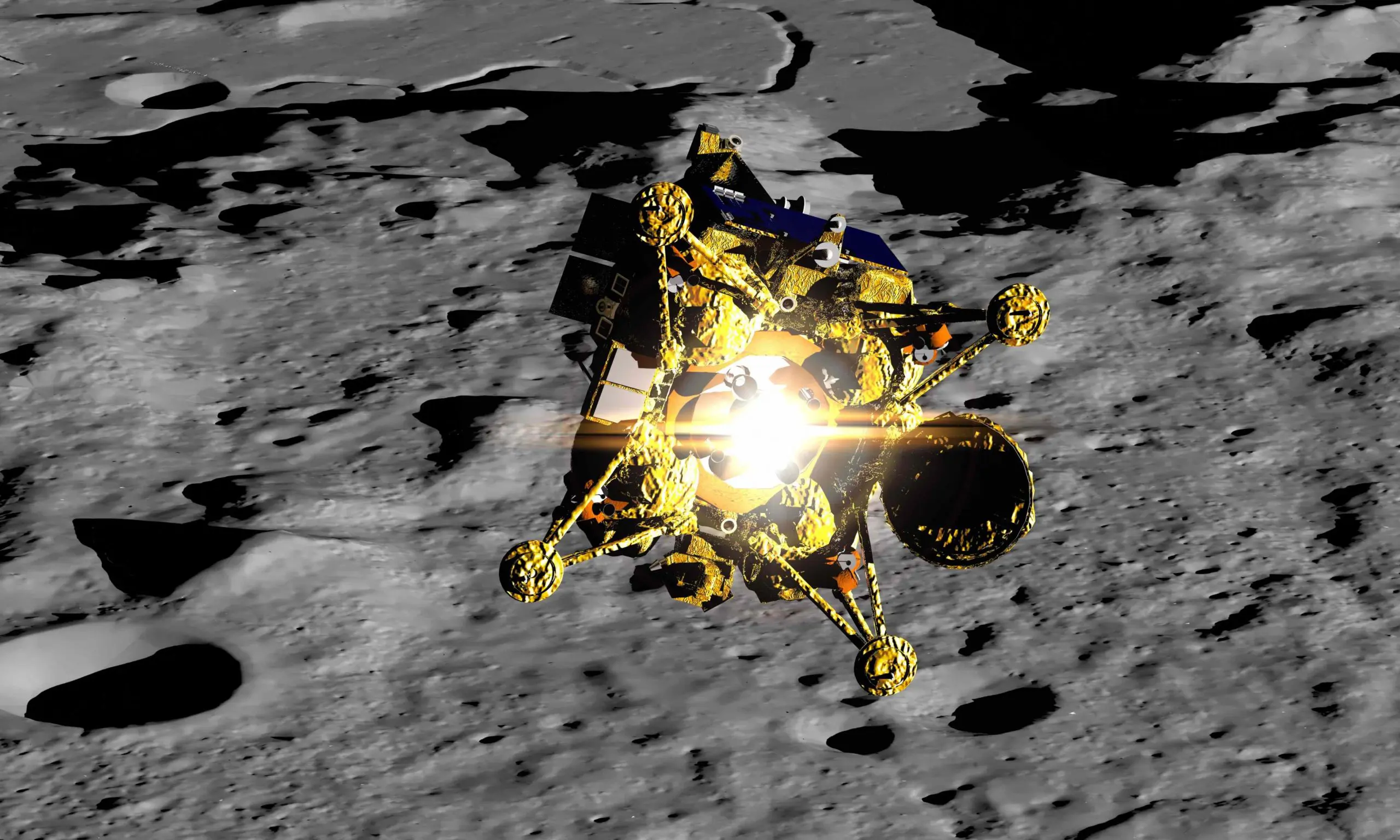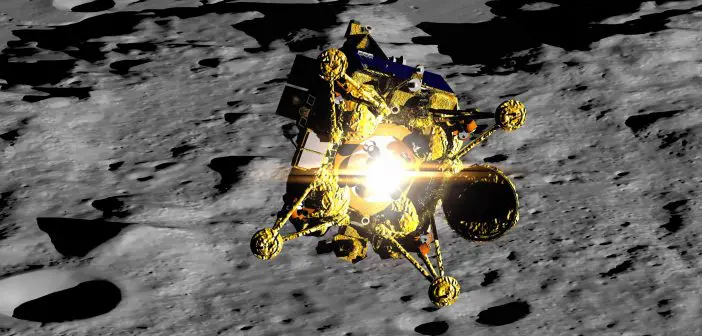
China’s space program has taken another step forward after a lunar probe returned to Earth with the first-ever soil and rock samples from the far side of the Moon.
The Chang’e-6 probe landed June 24, 2024, in northern China’s Inner Mongolia region, with the head of the China National Space Administration (CNSA), Zhang Kejian, declaring the mission a complete success shortly after.
The probe’s safe return ends a mission that began on May 3 at the Wenchang Space Centre, when a Long March 5 rocket carried Chang’e-6 into space on the first leg of its journey to the southern edge of the Moon’s Apollo Crater. Once on the surface, the lander’s equipment aimed to extract up to two kilograms of soil and rocks.
Chang’e-6 ascender vehicle successfully landed on the Moon’s surface on June 2. It used a drill to collect materials below the surface and placed them in a container in a separate part of the spacecraft. On June 4, the probe lifted off.
China has successfully collected samples from the near side of the Moon before. But this was the first time any nation had collected samples from the far side and brought them back to Earth. President Xi Jinping called the Chang’e-6 mission “a landmark achievement.”
But getting back wasn’t straightforward. It required a transfer of the samples between orbiting spacecraft. On June 6, the Chang’e 6’s ascender vehicle docked with the orbiting parent spacecraft and successfully moved the samples over. CNSA said the rendezvous and docking, the second time a Chinese spacecraft has done this, took less than 30 seconds to complete – one second used for the capture, ten seconds used to correct the alignment of the two spacecraft, and another ten seconds to lock the craft together.
The parent Chang’e-6 orbiter then spent another two weeks circling the Moon, awaiting the ideal time to begin its journey back into Earth’s orbit. Once that journey was complete, the samples parachuted down to Earth in a canister. The samples were then sent to Beijing for analysis.
Scientists hope the samples will answer many questions, including what geological activity is responsible for the differences between the Moon’s two sides. While the near side features many plains of hardened lava, the far side is dominanated by impact craters. On the surface, Chang’e-6’s robotic arm took the opportunity to plant a Chinese flag there.
Speaking at the daily press briefing on June 25, Chinese Foreign Ministry Spokesperson Mao Ning said 2024 marks the 20th anniversary of China’s lunar exploration program. “From Chang’e-1 to Chang’e-6, this program has made solid steps forward and opened a new chapter of humanity’s lunar exploration,” she said.
“China stands ready to continue working with like-minded international partners to explore humanity’s common domain of outer space, realise the shared dream of people around the world to discover more about the moon, and strive to advance the world’s common endeavour of peacefully using the outer space.”
China’s space program continues apace this week. On June 30, China’s Aerospace Science and Technology Corporation is scheduled to send an undisclosed payload into space onboard a Long March 7 rocket from the Wenchang Space Launch Site.





